Discover insights, tips, and stories from the skies — from aircraft buying guides to pilot training.
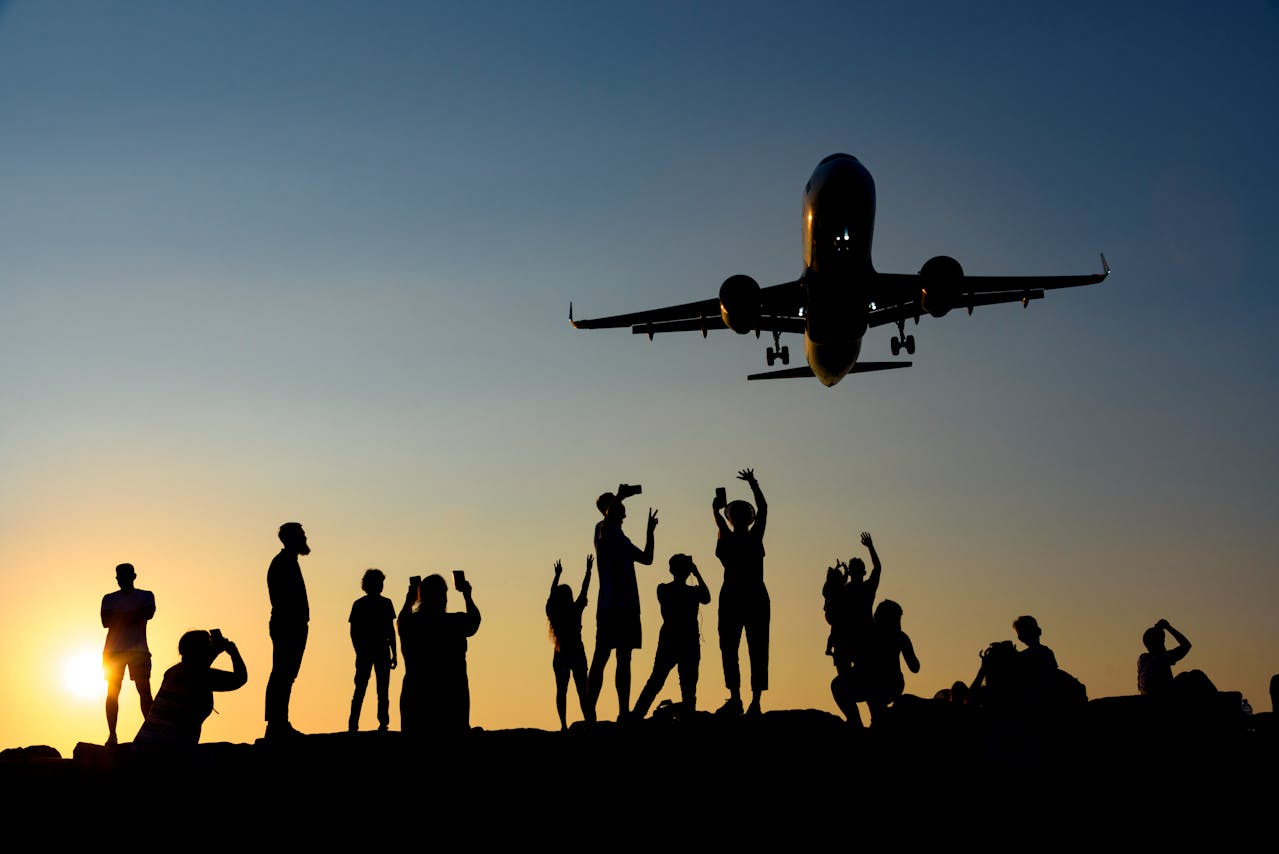
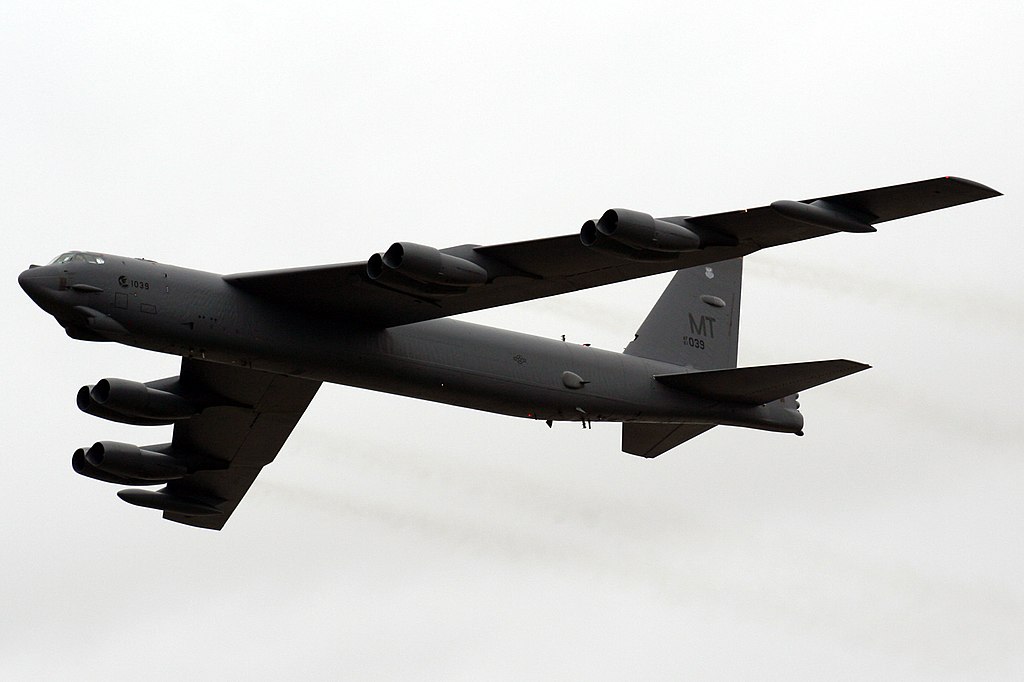
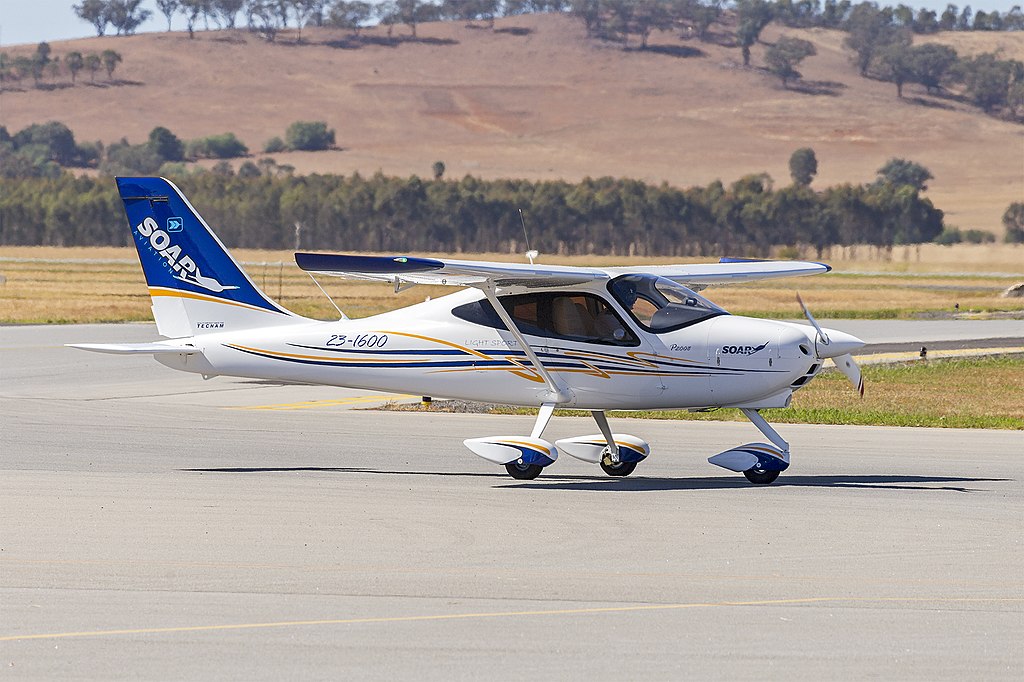
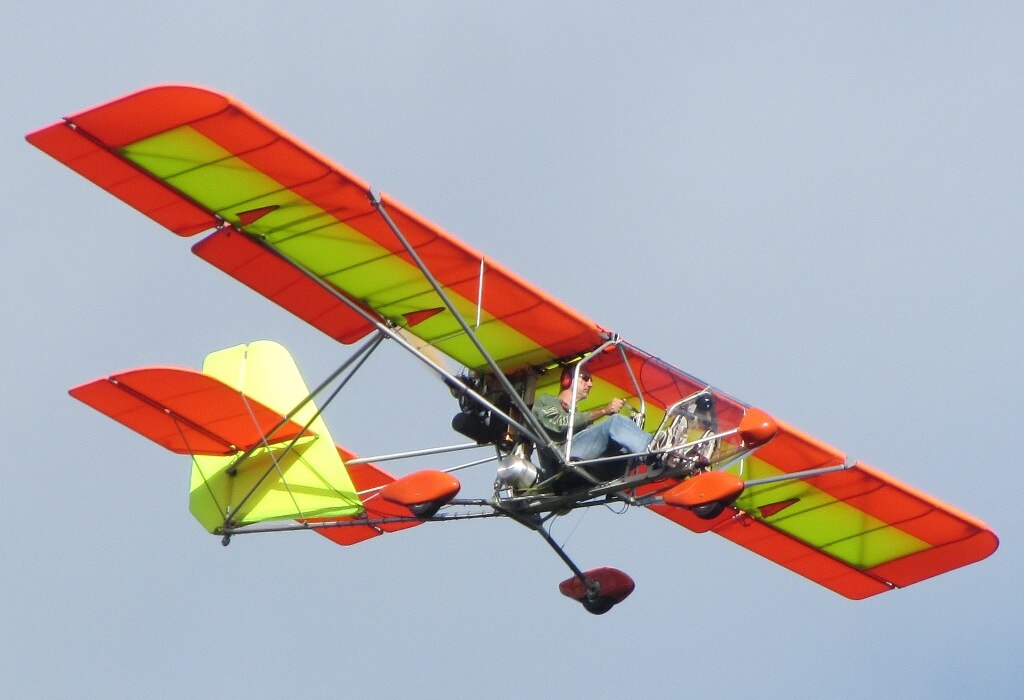
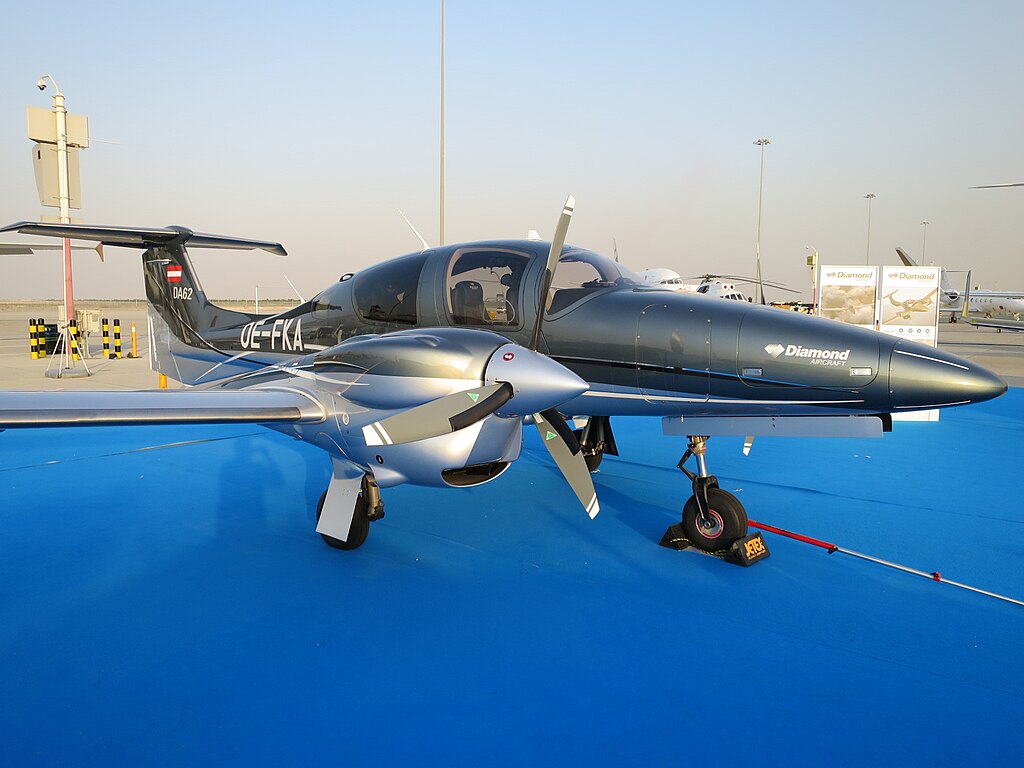

Published: August 9, 2025
The best light sport aircraft are small airplanes that give everyday people the chance to enjoy safe, fun flying. They are simple to learn, less costly to run, and designed to keep things easy for the pilot. Some can be used for short trips, while others focus on training or weekend flights.
The designs may look different, but they all follow clear rules from the FAA that set size and performance limits. These limits help keep LSAs safe and affordable.
In fact, more than 70% of LSAs in the United States are used for recreational flying, showing how popular they are for people who simply want to get in the air for fun.
Before we look at the top choices, it helps to first understand what these planes are and why so many people are interested in them today.
A light sport aircraft (often called an LSA) is a small airplane built for safe and simple flying. These planes are part of a special light sport category created by the FAA in 2004. The idea was to give people a way to fly that was less expensive and easier than getting into larger aviation.
An LSA has limits on its size, speed, and weight. For example:
Many aircraft manufacturers design LSA models in both metal and composite builds. Some are factory-finished, while others are built as kits. Examples include the Texas Aircraft Colt, the Bristell, and the Evektor Harmony. Amphibious LSAs like the Super Petrel can land on water, which is popular with people living near lakes.
Some LSAs are ready-made, while others come as used aircraft at lower prices. Many buyers compare them to the best ultralight or even to ultralight aircraft, but LSAs are more advanced. They often include features like glass cockpit avionics and even a safety parachute system.
For new pilots, the training path is easier. You can earn a sport pilot certificate with fewer hours than a full pilot certificate. You may fly LSAs with this license, and a flight instructor can help you build experience. For many, an LSA is the start of their journey into recreational flying or even building your own aircraft later on.
Many buyers compare LSAs to the most ultralight aircraft, but LSAs are more advanced. They allow two seats, longer ranges, and often include features like digital avionics or safety parachutes.
People choose LSAs because they combine safety, value, and fun. The lsa market continues to grow because more people want smaller planes that are affordable to buy and fly.
Here are the biggest reasons why LSAs are popular:
Some LSAs are designed to compete with the best ultralight airplanes. But LSAs are more capable because they allow for two-seat layouts, faster cruise speed, and higher top speed. For example, the Bristell is known for speed and comfort, while the Evektor Harmony is popular for training.
The light sport aircraft market is changing quickly. The FAA’s MOSAIC rule updates are expanding limits, which may allow faster LSAs and even some with airworthiness for four seats in the future. This makes the lsa market an exciting space for new pilots and aircraft manufacturers alike.
Before buying or flying an LSA, it helps to know what to look for. The lsa models available today vary a lot, so you should match the airplane to your needs.
Here are key points to think about:
Examples help make this clear:
By looking at your goals and comparing lsa models, you can pick the plane that fits your dream of flight.
When it comes to choosing an LSA, the options today are more exciting than ever. Each model has strengths that fit different types of flying. Some focus on comfort and speed. Others focus on training, safety, or even water landings.
Comparison Table: 8 Best Light Sport Aircraft for Today’s Flyers
| Aircraft Model | Cruise Speed (kt) | Useful Load / Performance | Special Features & Highlights |
| Flight Design CTLSi | ≈ 115 | Efficient fuel burn, good range | Composite structure, Rotax engines, built with modern CAD methods |
| Tecnam P2008 | ≈ 128 (top cruise) | Balanced for training & touring | Carbon-fiber fuselage, metal wings, Garmin avionics with synthetic vision |
| Pipistrel Alpha Trainer | ≈ 90–100 | Light, great student-use; low operating cost | Rotax engine, rugged trainer, designed by a Brazilian aircraft designer |
| ICON A5 | ≈ 95 | Amphibious fun, higher cost | High wing aircraft, amphibious, includes parachute, enhanced vision available |
| CubCrafters Carbon Cub SS | ≈ 85–90 | Excellent climb & STOL | 915iS engine option, rugged taildragger, great for backcountry flying |
| Vashon Ranger R7 | ≈ 105 | Spacious cabin, easy maintenance | All-metal design, Dynon SkyView avionics, FAA accepted aircraft |
| Evektor Harmony | ≈ 110 | Stable trainer | Side-by-side seating, constant speed propeller, widely used in training |
| Bristell B23 (LSA) | ≈ 115–120 | Comfortable cabin, high performance | Premium interiors, potential for synthetic or enhanced vision systems |
Below is a more detailed look at eight strong picks in the airplane light category that give new and experienced pilots plenty of choices.
The Flight Design CTLSi has been one of the best-selling LSAs for years. It is sleek, efficient, and known for strong performance numbers. With a cruise speed of around 115 knots and a stall speed of only 39 knots, it balances safety with long-distance capability.
This model is also well supported worldwide. Flight Design has a large community, which helps with training, parts, and service.
Tecnam is an Italian company with a strong reputation for building reliable training airplanes. The P2008 is a great choice for those who want comfort and speed in a small package.
For new owners, the P2008 is attractive because it is an LSA accepted by FAA and fits neatly into the rules for sport pilot flying.
The Pipistrel Alpha Trainer is built for flight training. It is affordable to buy and even cheaper to run, making it a favorite for flight schools.
Although Pipistrel was recently purchased by Textron, the design roots remain strong. It’s worth noting that the company’s founder was a well-known Brazilian aircraft designer, and his influence is clear in the mix of efficiency and performance.
The ICON A5 is one of the most talked-about amphibious LSAs. It can take off and land on both water and land.
The ICON A5 is more expensive than other LSAs, but it offers a lifestyle element few others can match.
The Carbon Cub SS brings the classic Cub look into the modern era. It is famous for short takeoff and landing (STOL) performance, making it perfect for grass strips and backcountry use.
The Carbon Cub SS also comes in both factory-built and kit versions. For some owners, the option of building your own aircraft is part of the fun.
Built in the United States, the Ranger R7 was designed to be rugged, roomy, and affordable. It is popular with new buyers and schools.
The Ranger R7 is also notable because it is a FAA accepted aircraft, designed specifically to meet all light-sport rules.
The Evektor Harmony is widely used in training fleets. It is simple, stable, and well-balanced in the air.
For those starting out, the Harmony is a safe and smart choice that prepares students for larger planes later.
The Bristell is known for its sleek design and speed. It is one of the more premium choices in the LSA space, aimed at pilots who want performance and comfort together.
The Bristell is more expensive, but it competes strongly in the touring role. For long cross-country trips in a light plane, it’s one of the top choices.
Each of these LSAs brings something unique to the table. From the training-friendly Pipistrel Alpha to the adventure-ready Carbon Cub SS, the LSA market gives pilots more variety than ever. Many are faa accepted aircraft and built with the latest safety tools. Features like constant speed propeller control, synthetic vision system, and enhanced vision system make flying safer and more enjoyable.
The best part is that LSAs continue to grow in design and capability. With modern CAD methods, manufacturers keep refining designs for strength and performance. And with engines like the 915iS engine, pilots get more power while still staying within the rules for an LSA accepted by FAA.
From aircraft manufacturers in Europe to a Brazilian aircraft designer shaping efficient models, the choices are wide and exciting. For anyone interested in aviation, these planes are a practical way to enjoy flying while keeping things simple, safe, and fun.
While LSAs are limited to single engines, some aviation fans follow records for the lightest twin aircrafts in history, which show how creative designers can be when balancing weight and performance.
The best light sport aircraft make flying more open and enjoyable for many people. They balance cost, safety, and performance while offering a wide range of designs.
From trainers like the Evektor Harmony to touring planes like the Bristell, the variety is wider than ever. The growing lsa market means more choices, better features, and exciting updates ahead.
If you are ready to explore flying for yourself, take the next step and learn more with Flying411 today!
An ultralight is smaller, lighter, and limited to one seat, while an LSA allows two seats, faster speeds, and longer trips.
Yes. Many flight schools and flying clubs rent LSAs for training and personal flights.
Maintenance costs vary, but they are usually lower than larger planes due to simpler systems and smaller engines.
Yes. Every LSA must pass a yearly inspection to meet airworthiness requirements.
No. LSAs are limited to daytime flying under visual flight rules unless upgraded and approved for higher categories.